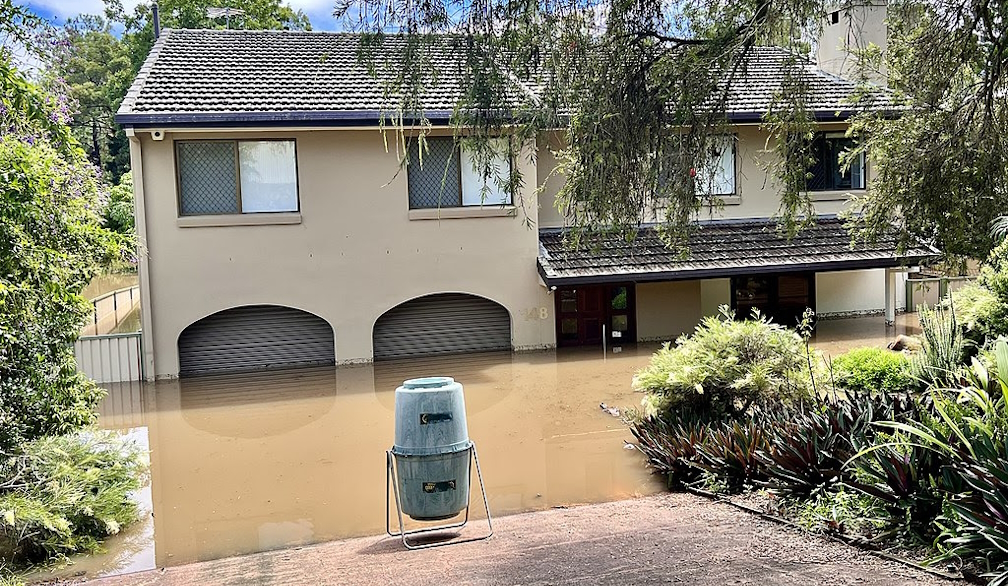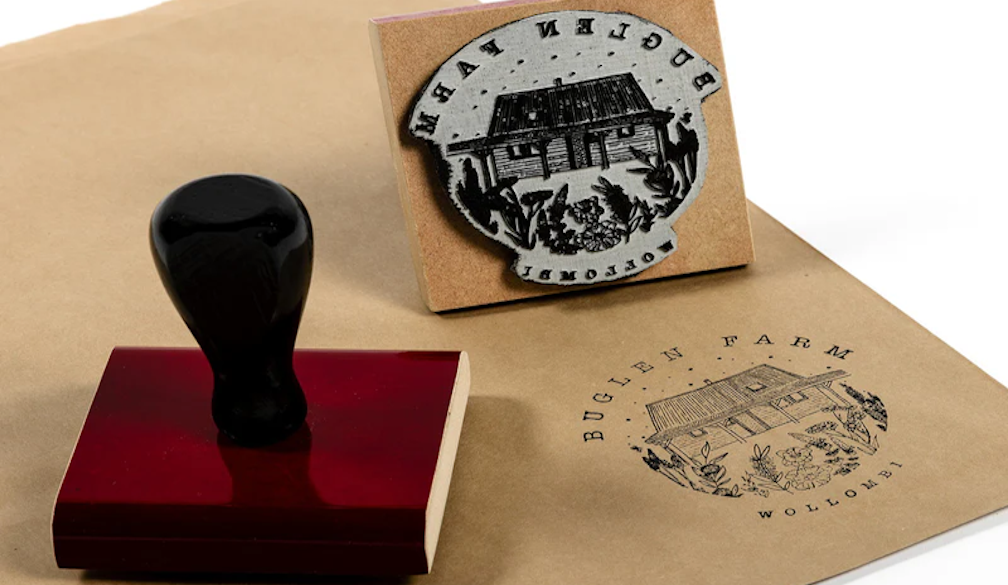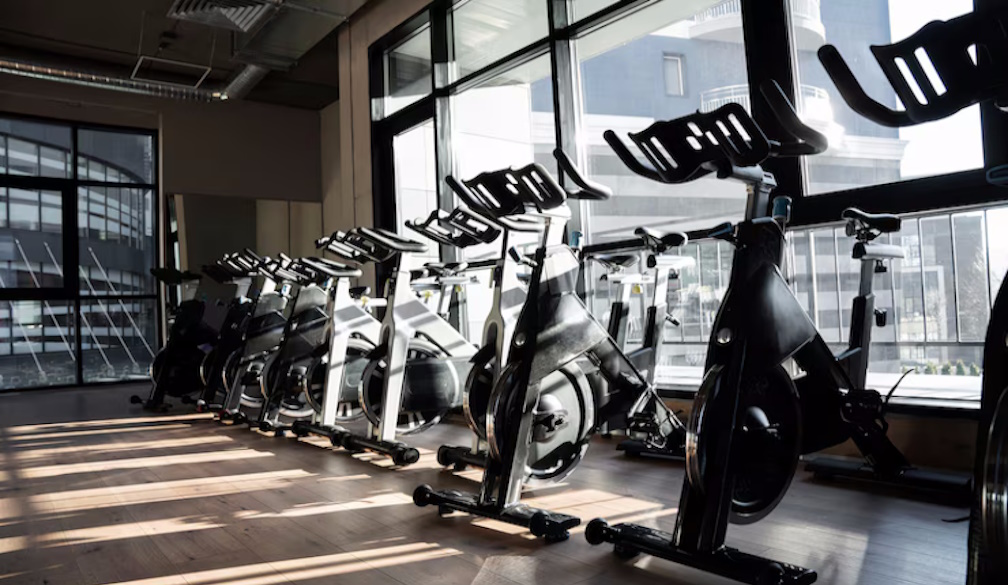
Construction projects require cranes for safe and fast heavy material transportation. Cranes are a necessity for most major construction projects.
Therefore, if you are going to perform construction work, then you will probably need to understand the requirements to choose the correct size crane.
There are several types of cranes, and each one is used for a specific task. Your whole construction project depends on the right crane size. Also, choosing the correct crane depends on construction duration, scale, and complexity.
In the wrong hands, the crane could adversely affect your project or even pose a serious safety hazard. The right crane will help you avoid delays and damages.
To make crane selection easier, here is a guide to determine the right crane.
1. Determine the load weight and size:
Cranes are set up based on the weight and size of materials. You can get crane charts from crane manufacturers and corresponding load charts from crane hire companies such as Franna Crane Hire. Ensure that the crane you buy or hire has enough lifting power to handle your current load, materials, and other lifting needs.
2. Calculate horizontal distances and lift heights:
It is important to calculate the exact horizontal and vertical distances and lift heights, as this will affect the lifting capacity of the crane. It is also necessary to consider the weight of the load, as this will affect the crane's lifting capacity. Crane hire companies like Lindores crane hire Brisbane, and others can provide you with detailed crane charts that show their boom length, rated capacity, & reach radiuses to help you find the suitable crane.
3. Check the worksite accessibility and conditions:
You should also check your worksite's accessibility and conditions before choosing a crane. It may only be possible to transport a truck crane or hydraulic crane if the access roads are narrower or curved. It may be better to use a pick-and-carry crane or a crawler crane in such cases.
4. Ensure that the crane has passed safety standards:
Despite cranes making it easier for construction workers to handle heavy loads, they can still encounter problems, such as incorrect assembly or poorly secured loads, that endanger people and property. There is a possibility that crane-related incidents will cause costly damage to the project and may even result in the death of crane operators and other construction workers working nearby.
5. Consider the ease of repair or maintenance:
Keeping your crane in good working order requires regular repair or maintenance. When choosing a crane, ask the crane specialist about the methods of repair and maintenance for the crane type in case it is damaged. The best crane for your project should meet your project needs, fit your budget, and be easy to maintain.
6. Get a cost estimate:
As a final step, you should check the cost of each crane type and determine if it's within your budget. As a long-term investment, you can purchase a crane if you regularly handle construction projects. A crane hire company may be able to provide you with a rental crane if you only need it once or twice for a particular job. It is possible to find a crane rental service that fits your budget by comparing their prices and services.
Conclusion
It's not just about choosing the biggest or strongest crane you can find. It's also about choosing the safest, most cost-efficient, and most reliable one for the project. Get as much information as possible from a crane specialist or a crane hiring company, and let these tips guide your choice of crane.














